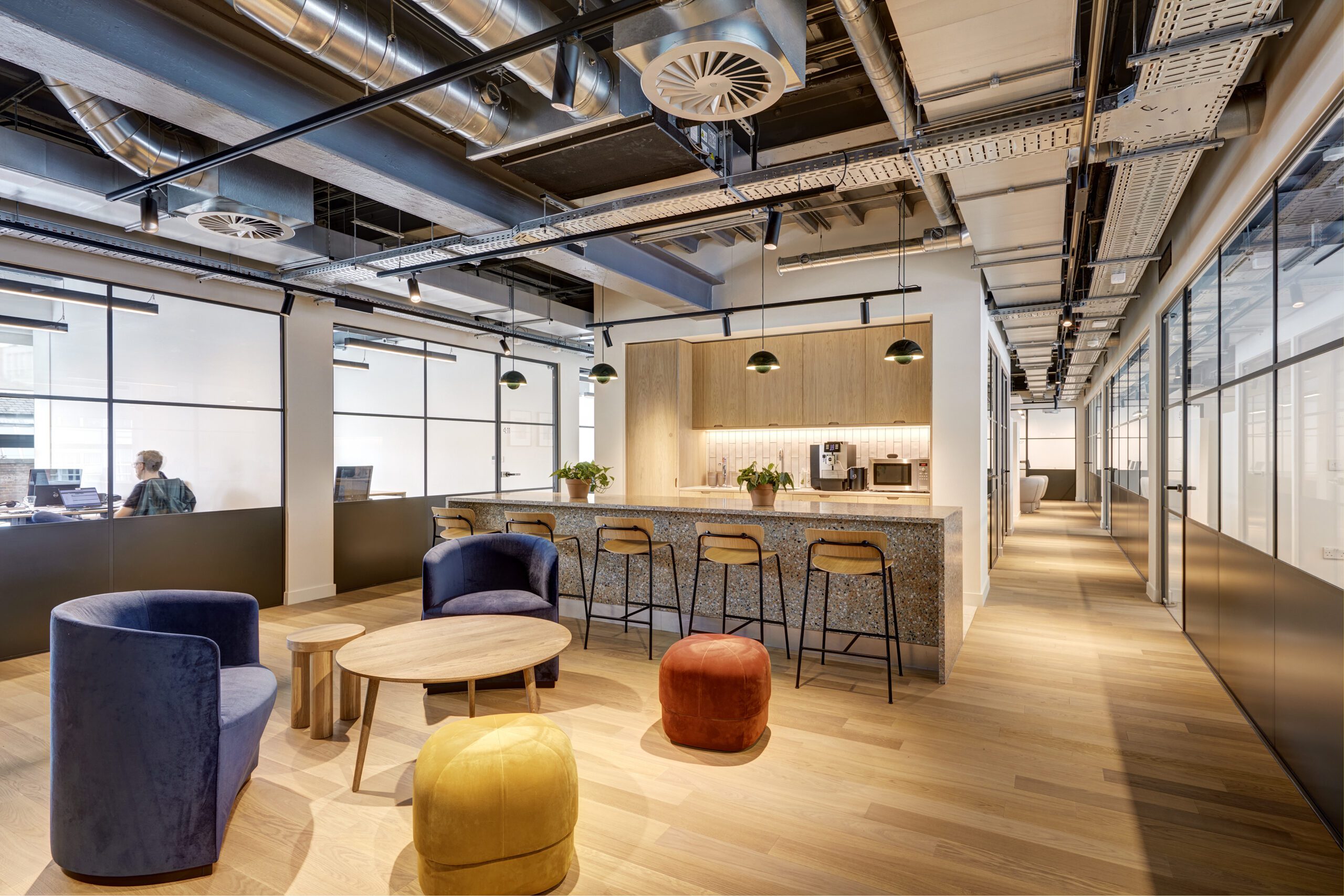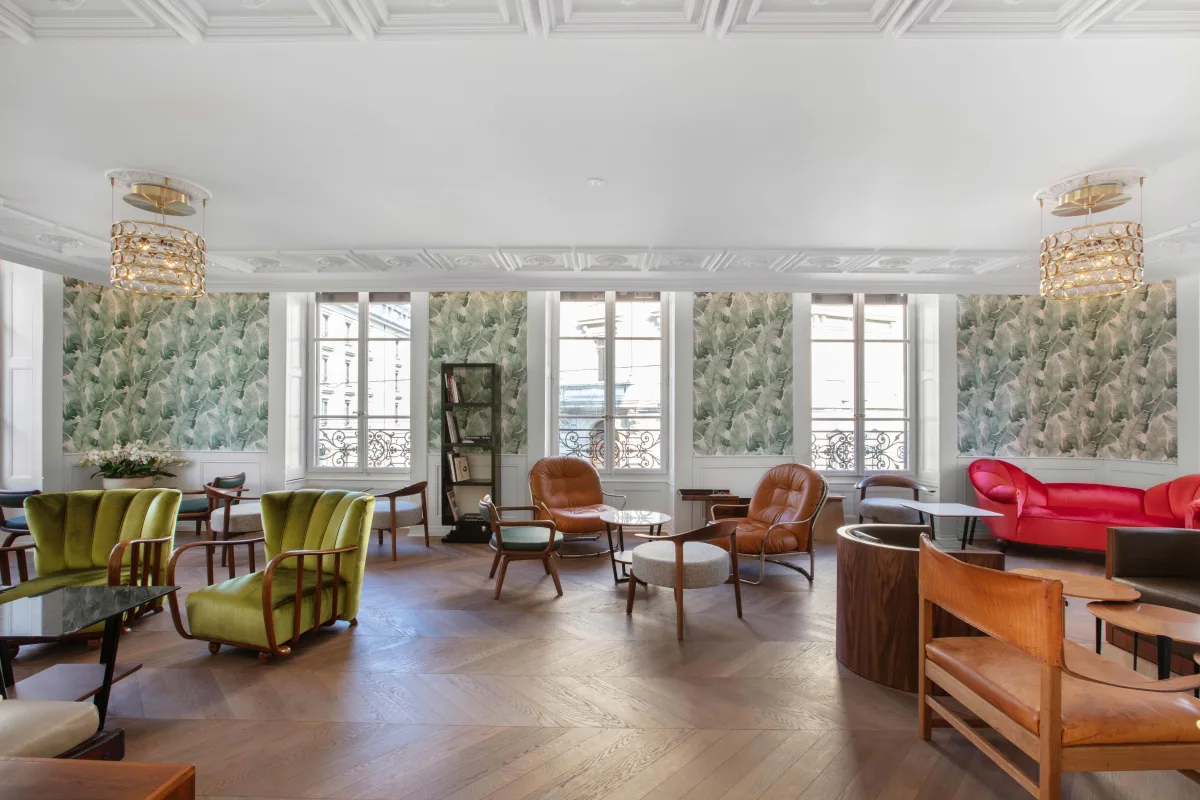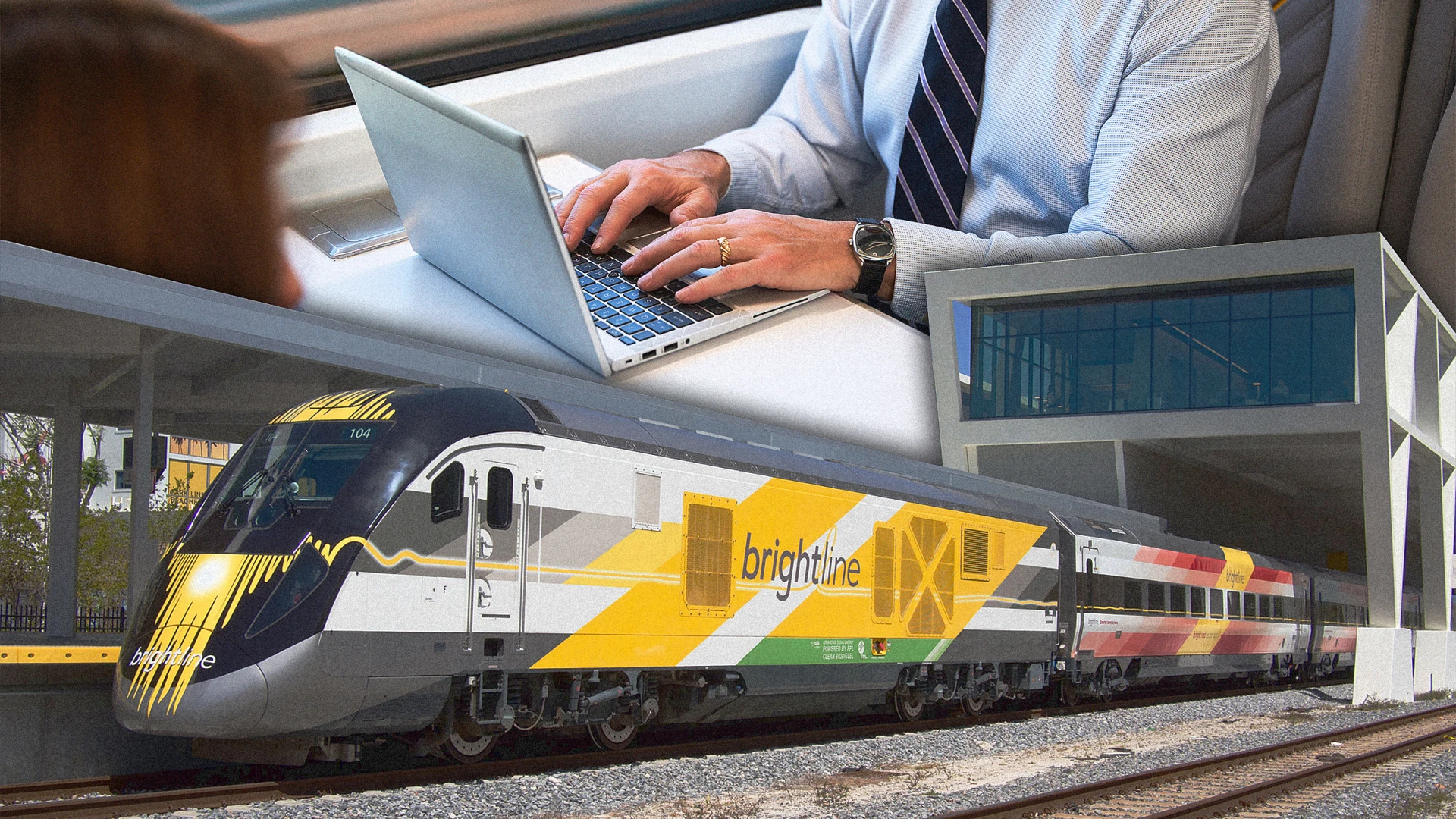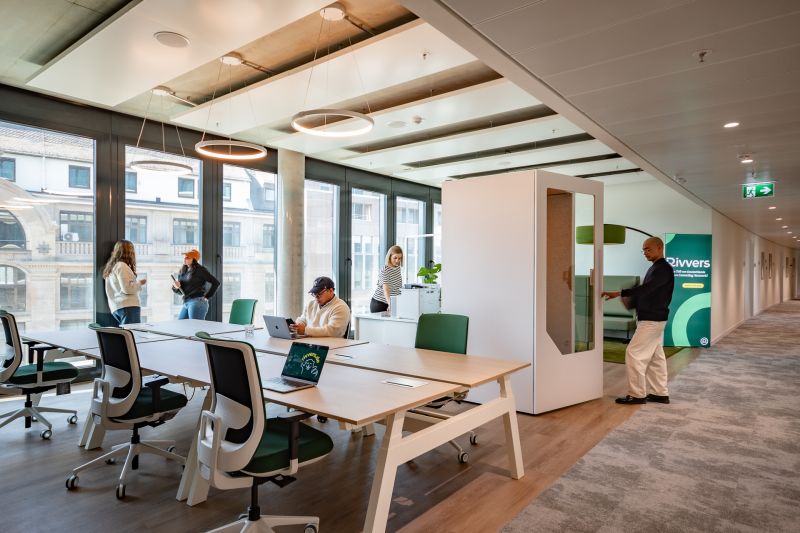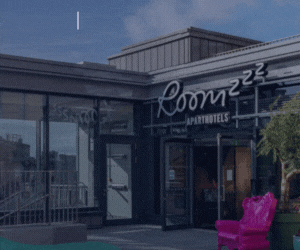ULN editor George Sell reports from the Coworking Europe conference in Porto.
A long overdue visit to Porto provided a good chance to learn more about the coworking and flex office space in Europe, at a thought-provoking event with a comprehensive agenda.
Held in the Alfandega Do Porto, a stunning renovation of the former customs house on the banks of the mighty Douro river, the conference attracted attendees from all cross Europe, as well as the US and Australia.
In an early session, James Rankin, head of research and insight at the Instant Group, said that demand for flex workspace across Europe has grown 18 per cent compared with pre-Covid levels, but 78 per cent of operators have seen costs increase, not all of which is typically passed on to the client.
Customers are becoming more discerning and challenging, but operators are spending less time with them as they become wrapped up with the complexities of running their businesses, potentially storing up trouble in the future.
Emma Swinnerton, EMEA head of flexible workspace at Cushman & Wakefield observed that in the UK we are increasingly seeing landlords signing management agreements with flex operators instead of leases, and this is a growing trend. Access to flexible workspace is becoming more critical to occupiers, she said, with choice of office location increasingly hinging on it. She also noted the significant growth in the space aggregator market, typified by companies such as Hubble and Tally
Perhaps most tellingly, and flagging a terrific opportunity for flex operators, Swinnerton said that 76 per cent of office space across Europe is at risk of obsolescence by the end of the decade if no action is taken by landlords.
In a session on the synergies between workspace and accommodation, Josie Baum, managing director of ARC Club, said: “Coworking is the most important amenity in a BTR or coliving building. We drive the residential yield, we drive retention, and we open the building up to the neighbourhood. It’s the most used space in the building outside of the resi, and it’s a great way to build community.”
She also pointed out that it’s a good idea for specialists to stick to their own fields: “Coworking and coliving potentially have the same end user but the offer is very different, especially operationally. That’s why I would never want to operate apartments, and why BTR and coliving investors are approaching us to manage their workspace.”
Nuno Trigo, director of Feel Porto, is doing both however. “Coliving and coworking in the same building is a good model, one that we believe in and that we are looking to grow. It’s not just for leisure guests – we have an offer that we call ‘corporate coliving’,” he said, adding that: “The concept of Space as a Service must be to being life to every square metre of a building as well as making it rentable and profitable.”
A panel of property companies and investors followed, with speakers explaining why they were tempted in to the flex space, away from their conventional activities.
Fernando Ramirez, director of Merlin Properties, said: “Investing in and starting a coworking company allowed us to grow a business alongside our clients, the start-ups who use our flex offer can become scale ups who might grow in to our broader workspace offer, but it is interesting how the client base is changing. When we started Loom seven years ago, 75 per cent of the customer base were start-ups and 25 per cent corporates – now it is the other way around.”
Ewelina Kaluzna, managing director of Business Link and head of strategic workplace solution advisory in CEE at Skanska, had a similar experience: “In 2017 it was very difficult to convince the Skanska board that launching a flex offer was a good idea. Now the flex helps both out customer base and the mainstream Skanska offer.”
Alex Livesey, COO at Clockwise, said: “There are a lot of opportunities in the market for us to take underperforming assets, acquire them, renovate them and operate them. But there is a marked flight to quality among the flex client base and you be will very quickly found out if you are doing it half-heartedly.”
Ramirez pointed out that the penetration of the flex market in Spain is just two to three per cent. In more mature markets such as London, it’s six per cent. “The potential is huge, he said. “Flex is growing faster than the conventional office market. The advantage of offering both is that we can follow the demand and meet it – we are agnostic as to which offer the customer chooses.”
Kaluzna sounded a note of caution: “We are very careful where we put a flex property. It isn’t the right choice for all locations – it must be in area where the customer really wants to be. It’s a low margin business and you can quickly be under water if you are in the wrong location.”
Livesey was bullish about the prospects for flex, and echoed Swinnerton’s earlier point about assets becoming obsolete: “If flex doesn’t work in a building, that building probably shouldn’t be an office asset, and needs to be repurposed. It won’t work on a traditional lease basis.”
The common perception of coworking is that it provides offices and desks for people who sit at computers all day, but the reality is that there is a thriving sub-sector of niche operators who cater to specific industries.
Bruno Rebillé of CDAAP which offers space specifically for French lawyers (special needs – extreme privacy, enhanced data security) said that this route could be worth exploring for new entrants who might not be very well capitalised. “A specialist with high barriers to entry is a potential route to start up in an environment with less competition from big operators with lots of money.”
Some other observations
• Porto’s culinary speciality – the franchensinha – may just be the most calorific dish I’ve ever eaten. It’s a thick white-bread sandwich, stuffed with four types of meat, wrapped in cheese and topped with an egg. With chips. And a cheesy sauce poured over the top. It’s every bit as delicious and potentially heart-stopping as it sounds.
• The city is amazingly beautiful, far exceeding even my high expectations.
• It’s also extremely hilly which makes the guilt about the franchensinhas and pastel de natas evaporate pretty quickly.
• The coworking market in Europe is even more fragmented than that in the UK.
• The ‘vertical hospitality’ combination of accommodation and workspace in the same asset, as pioneered by the Feel Group’s Vertical Firmeza building, is a winner for both digital nomads and corporate travellers.
• Coworking is not just for office workers – there are offers out there for lawyers, dentists (complete with x-ray machines), carpenters, architects, product designers, therapists and life coaches.












